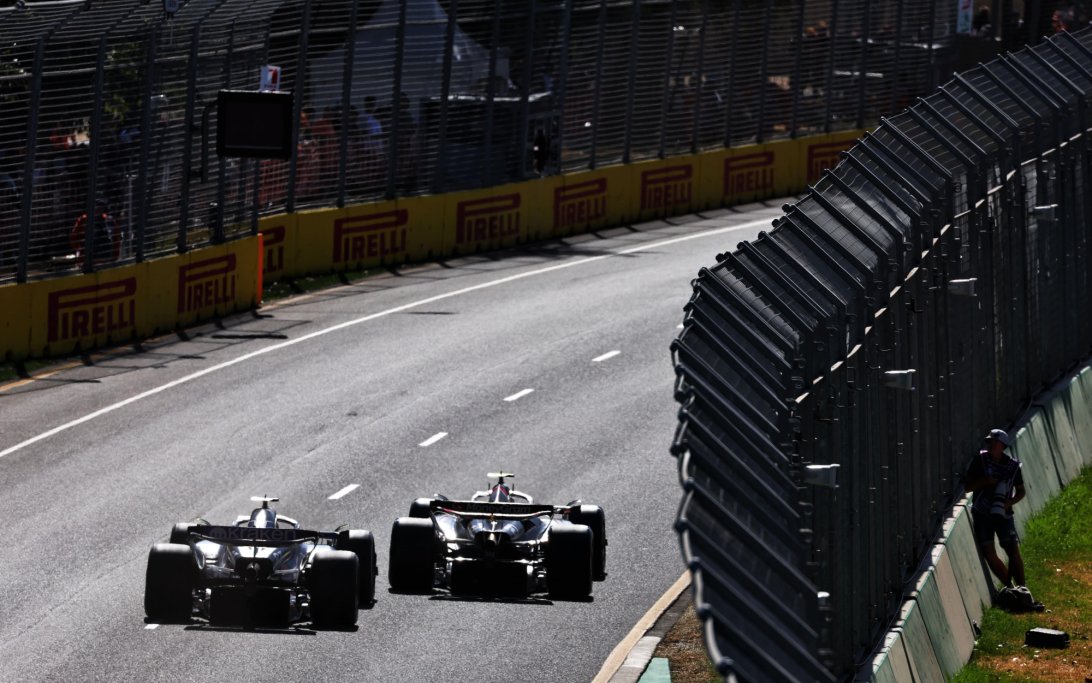What is ERS in F1?
The ERS, Energy Recovery System, is an important system within Formula 1. This battery system provides F1 drivers the opportunity to overtake. In this article, we'll give you a detailed explanation of ERS.

What is ERS in F1
ERS is a key factor within Formula 1. This battery system enables additional horsepower, providing the opportunity to overtake on the track. ERS can be used anytime by F1 drivers, but saving enough energy in the battery is crucial for strategic purposes. For example, in the last laps of a race, you want to have as much ERS as possible to gain an advantage over other drivers with less ERS battery remaining.
What is the meaning/definition of ERS in F1?
The definition of ERS is 'Energy Recovery System'. As the name suggests, drivers can recover energy by braking, which is then stored within a battery. F1 drivers can use this battery to enable more horsepower. It's a strategic element that can be used for both attacking and defending.
The ERS activate button
But how do F1 drivers actually activate ERS while driving? Well, as you know, the steering wheel has a lot of buttons, one of which is the ERS button. When drivers push this button, they need to hold it to activate the Energy Recovery System, which will give them the advantage of more horsepower.
The importance of ERS management
Proper ERS management is a really important factor in races. F1 drivers try to conserve as much ERS as possible and save it for overtaking or defending opportunities. If a driver has more ERS than his competitor, he has a significantly better chance of overtaking him or maintaining his position while defending. Most F1 drivers especially conserve as much ERS within their battery as possible for the last laps of a race for a final push.
Besides, if a driver is within the DRS zone of another driver for a few laps, this is a strategic advantage as well. It allows the driver with DRS to conserve energy because he doesn't need to use it to stay close due to the DRS. The defending driver, however, doesn't have DRS and might have to use ERS to stay in front. This provides the attacking driver with a better overtaking opportunity with more ERS battery than his competitor.
The difference between DRS and ERS
The ERS includes a battery that drivers can engage to access extra horsepower for overtaking maneuvers. While this battery can deplete, drivers need to employ it strategically, although it's available for use at any point. Conversely, the DRS operates under specific conditions—it activates when a driver is within one second of another driver on certain straights. This action prompts the rear wing to open, decreasing drag and enabling higher speeds, creating opportunities for overtaking.
What are the F1 ERS rules?
There are no specific F1 ERS rules. Formula 1 officials state that the MGU-H component of the ERS system is currently the most intricate and expensive part of the Formula 1 car.
How does the ERS work in F1?
What is the difference between DRS and ERS?
What is DRS in F1?
Don't miss out on any of the Formula 1 action thanks to this handy 2026 F1 calendar that can be easily loaded into your smartphone or PC.
Download the calender